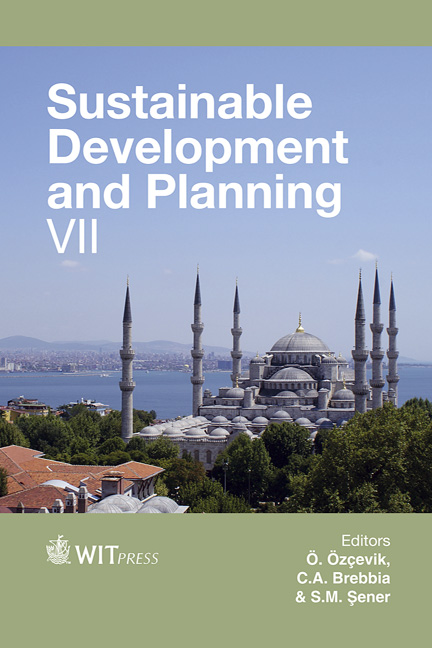The Lotus Flower: Biomimicry Solutions In The Built Environment
Price
Free (open access)
Transaction
Volume
193
Pages
9
Page Range
1085 - 1093
Published
2015
Size
2,344 kb
Paper DOI
10.2495/SDP150921
Copyright
WIT Press
Author(s)
Y. Nanaa, H. Taleb
Abstract
In architecture, biomimicry gives us the chance to go beyond standard approaches to sustainable design and develop restorative solutions. We are looking to find solutions and natural approaches that might help move from the industrial age to an ecological age. When we talk of sustainable design, the final product is much more than a sustainable building that will merely live longer and consume less energy than its counterparts. A sustainable/environmental building must be one that provides high standards of comfort and well-being to dwellers. This paper focuses on inspiration by nature as a concept and the biomimicry case here is the lotus flower, with close analysis of its strategies for survival and coping with the surrounding environment in the most subtle of ways. This study sets out to analyse and mimic the strategies of the lotus flower into an existing building as a case study. The aim is to achieve the maximum use of natural sustainable energy available in the surrounding environment and natural concepts from biology to inspire a solution that will make the building more energy efficient. To evaluate the application of these strategies, Ecotect software was used and comparisons between the results of the building before and after applying those strategies will give a clear comprehension of the effectiveness of those strategies on the building’s performance.
Keywords
biomimicry, eco-buildings, energy performance, sustainable built environment, Dubai, Ecotect, architecture, design





